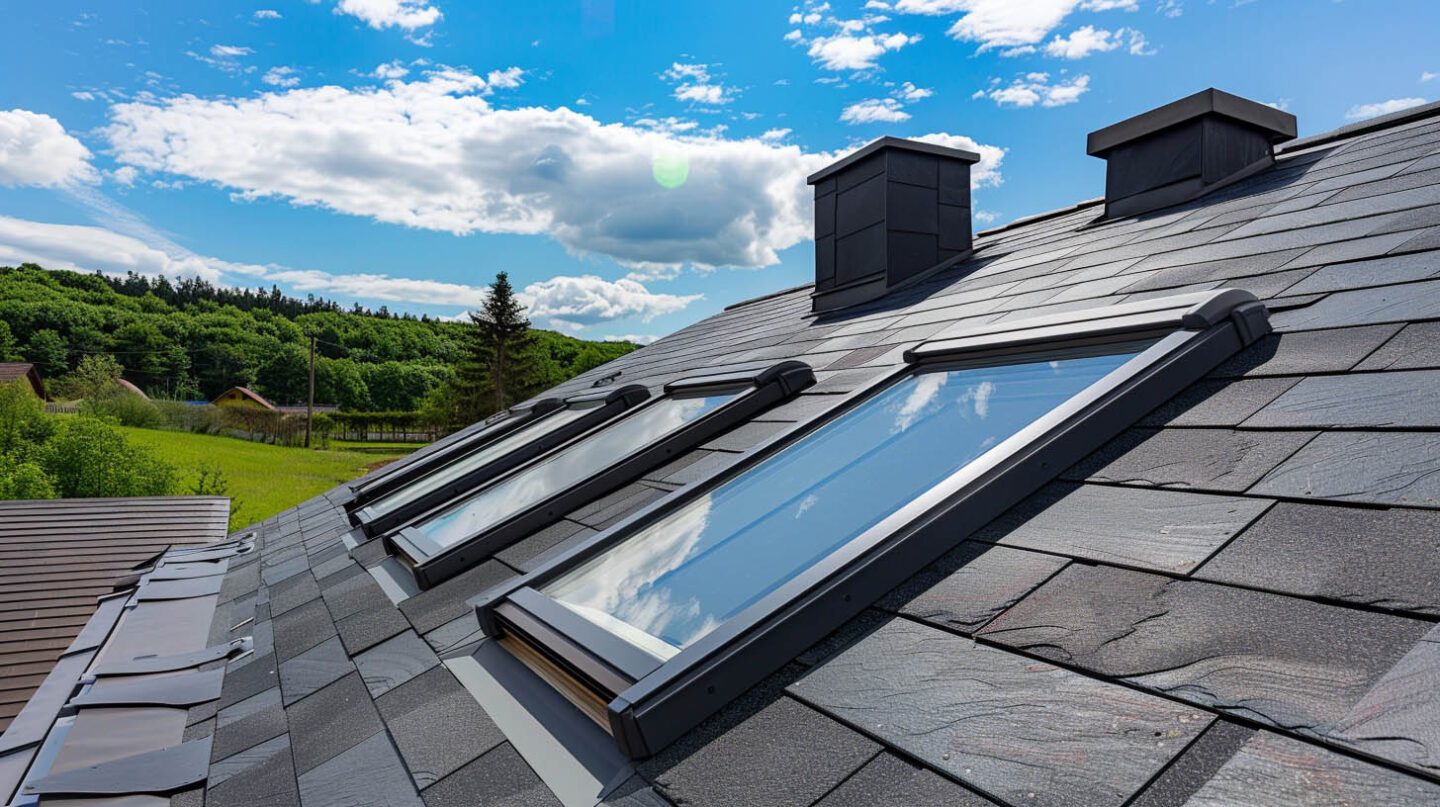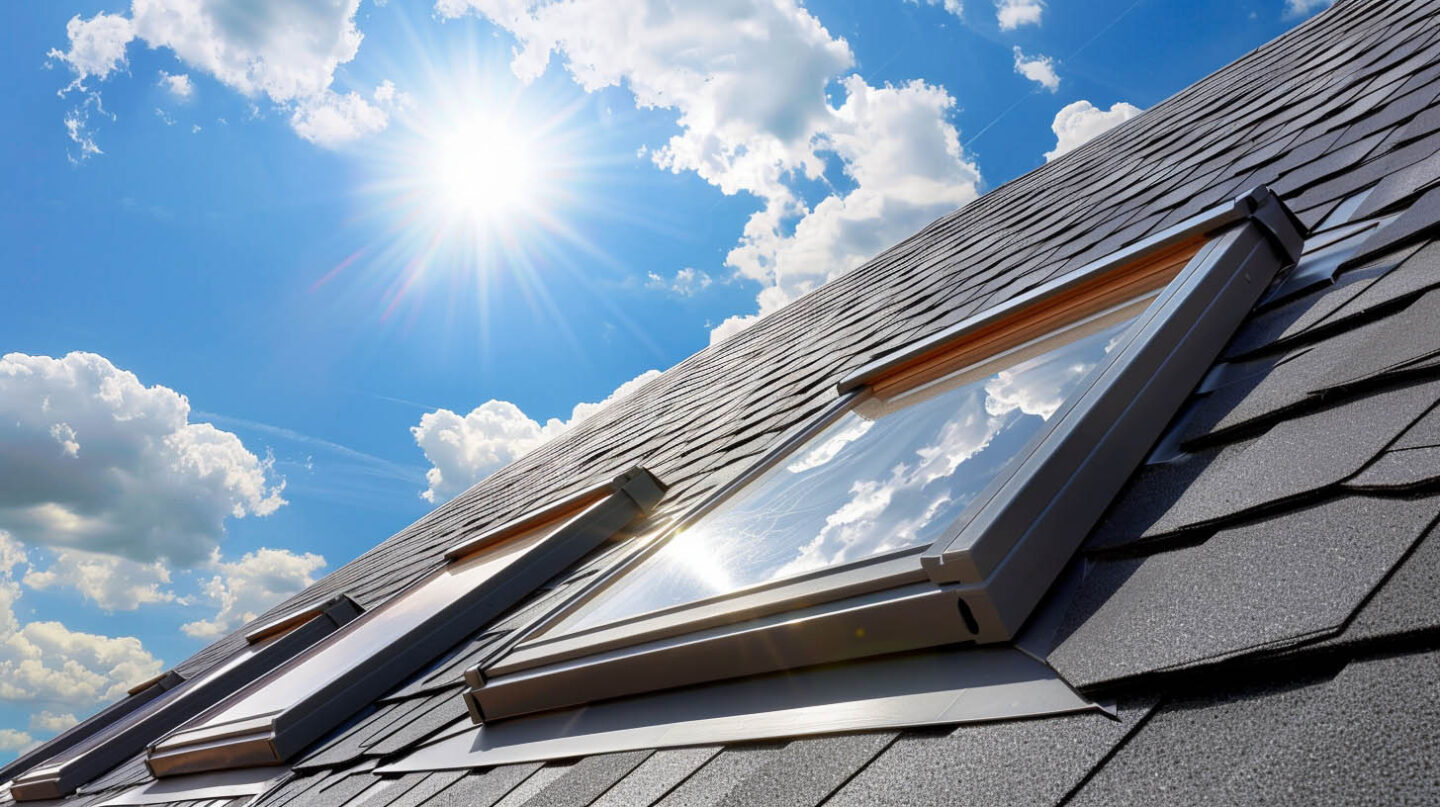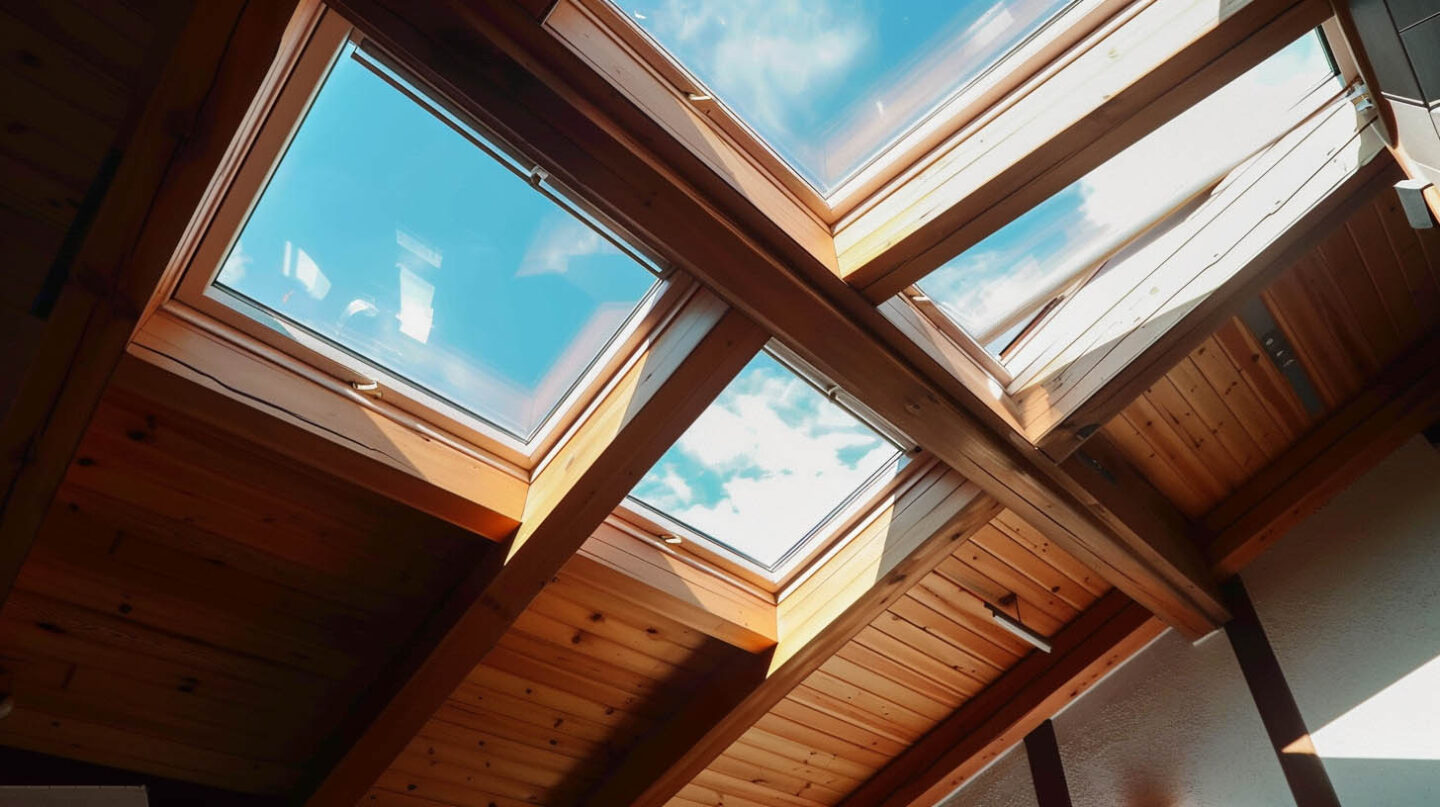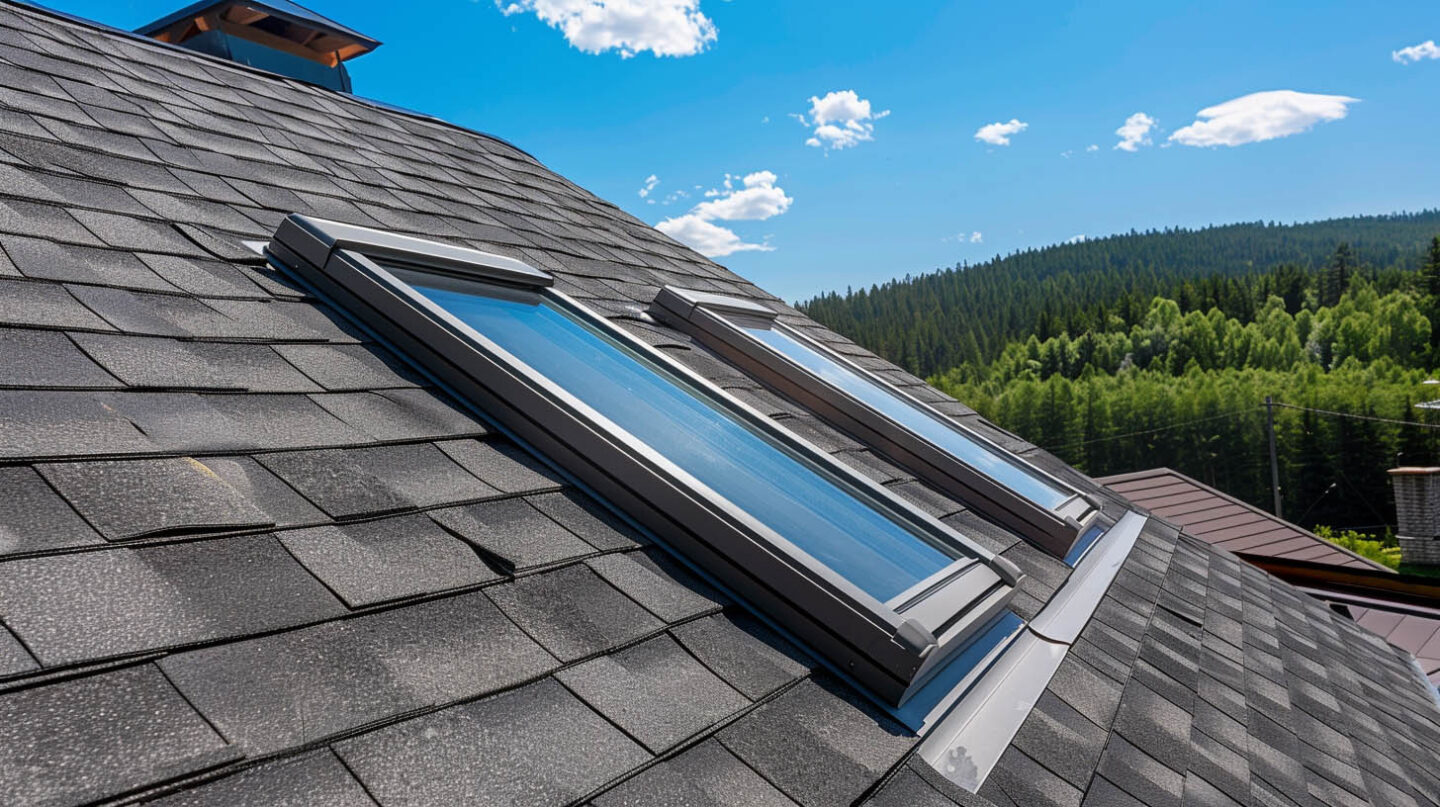Deciding whether to replace or reuse your skylights during a re-roofing project involves critical considerations surrounding durability and energy efficiency. At The Shingle Master, we understand that existing skylights may offer beauty and natural light, but their lifespan may not align with your new roofing system. Our expert team can conduct a thorough inspection to reveal vital information about the condition of the skylight’s glass, framing, and flashing. With advancements in technology, investing in new skylights through our services may enhance ventilation, comfort, and curb appeal, ultimately contributing to your home’s energy efficiency in Raleigh, NC.
Evaluating Your Skylights Before a Roof Replacement
A thorough assessment of your existing skylights is crucial before initiating roof work. Observing the lifespan of a skylight can reveal signs of wear, such as discoloration or condensation within the panes, indicating potential issues. Homeowners should also consider factors like the framing’s integrity and how well the skylights integrate with the new roofing system. Ensuring optimal ventilation and energy efficiency can lead to better comfort and reduced energy bills in the long run, making this evaluation essential for informed decisions.

Typical Lifespan and Wear Signs
Understanding the typical lifespan of a skylight is crucial for homeowners. Generally, these fixtures can last between 10 to 20 years, depending on their quality and installation. Wear signs such as condensation between the panes, discoloration of the skylight’s glass, or visible cracks indicate the need for replacement. Moreover, check for moisture around the skylight frame and any leaks that may compromise the roofing system. Regular inspections can help ensure long-term energy efficiency and prevent future leaks that could lead to costly repairs.
Key Factors That Signal the Need for Skylight Replacement
Several indicators can signify the necessity for replacement. First, visible wear on the skylight’s glass or frame can lead to future leaks and moisture intrusion, ultimately compromising energy efficiency. Additionally, older skylights may not meet modern standards for insulation or heat control, resulting in higher energy bills. Signs of deteriorating flashing or seals also warrant immediate attention, as they can lead to structural damage. Addressing these issues with new skylights ensures a reliable roofing system that enhances both aesthetics and functionality.

Risks of Reusing Existing Skylights During Re-Roofing
Reusing existing skylights during re-roofing can pose significant risks, including the potential for future leaks that could lead to costly water damage. Older skylights may not integrate well with new shingles or roofing systems, creating compatibility issues. Furthermore, deficiencies in flashing and seals can increase the likelihood of leaks, compromising the home’s energy efficiency. With advancements in skylight installation technology, opting for new skylights can ensure longevity and enhanced performance, providing better natural light and ventilation in your home.
Issues with Flashing, Seals, and Compatibility
The effectiveness of your installation can significantly hinge on the condition of flashing and seals. Older often experience wear in these critical areas, leading to potential water intrusion and future leaks. Furthermore, compatibility between the new roofing system and existing frames is essential. Mismatches can result in inadequate sealing, compromising the skylight’s performance. Homeowners should work closely with roofers to ensure that any flashing updates and seals used align seamlessly with new shingles, optimizing not just durability but also energy efficiency.

The Advantages of Replacing Skylights
Replacing during a re-roofing project offers numerous benefits that enhance your home’s energy efficiency. New skylights are engineered with advanced technology, significantly improving insulation and heat control, which helps regulate indoor temperatures and reduce energy bills. Additionally, opting for a fresh installation allows for seamless integration with the new roofing system, minimizing the risk of future leaks. With the added aesthetic appeal and potential for warranties on new products, homeowners can enjoy long-term value and comfort.
Enhanced Energy Efficiency, Comfort, and Curb Appeal
Integrating new skylights during your re-roofing project significantly boosts your home’s energy efficiency. Advanced options, such as Velux skylights, offer superior heat control and optimized insulation, ensuring maximum natural light while minimizing energy costs. Enhanced ventilation and fresh air circulation contribute to a more comfortable living space. Additionally, new elevate the curb appeal of your property, making it visually appealing and potentially increasing its market value. Homeowners can enjoy both aesthetic benefits and functional performance with the latest installation technologies.
In Summary
Choosing between replacing or reusing existing skylights during a re-roofing project involves careful consideration of numerous factors. Assessing the condition of older skylights can help determine their potential lifespan and efficiency in enhancing your home’s energy efficiency. While reusing existing units may seem cost-effective, the risks of future leaks and compatibility issues with new roofing systems often outweigh the benefits. Opting for new skylights, supported by warranties and newer technology, ultimately improves both functionality and aesthetics for the long-term enjoyment of homeowners.
Frequently Asked Questions
Is it more difficult or expensive to replace skylights after the new roof is installed?
Replacing skylights after a new roof is installed can be more challenging and costly. This is due to potential damage to the roofing materials, additional labor required for reinstallation, and complications with ensuring proper sealing and flashing, which may lead to leaks if not done correctly.
Should I replace my skylight when I replace my roof?
Replacing your skylight when re-roofing can prevent potential leaks and ensure compatibility with new roofing materials. If your skylight shows signs of wear or is outdated, a replacement can enhance energy efficiency and overall aesthetics, making it a wise investment.
Read our blog: Spring Roof Tune-Up Checklist After Severe Weather


